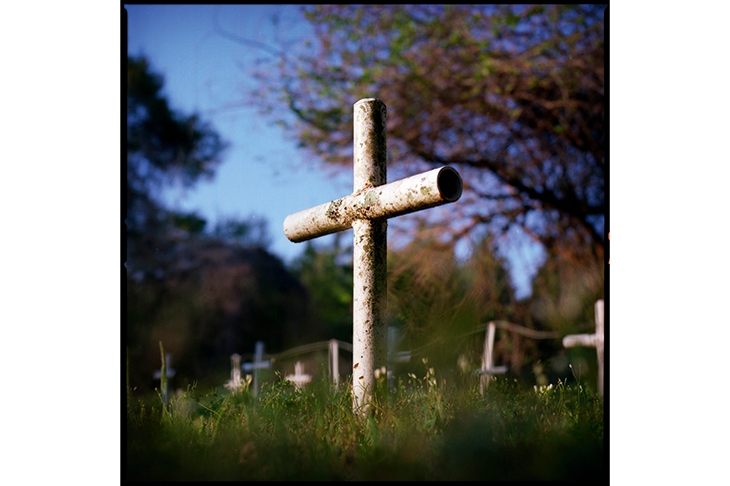Novelists will always be interested in enclosed communities — or the ‘total institution’, as sociologists say. When you separate a group of individuals from larger society with a wall and a controlling mechanism, all sorts of interesting facts about the way people interact become apparent. Convents, hospitals, asylums, schools, universities and prisons all serve the purpose. But different nations tend to prefer one sort of institution over another.
It’s a curious fact that where the British will enter into a novel of school life with gusto, Americans show a distinct preference for writing about prisons. Of course there are British novels with episodes set in prison — The Heart of Midlothian, Little Dorrit, Decline and Fall, The Loneliness of the Long-Distance Runner or some of Sarah Waters’s work. But on the whole, the English-language novel of prison life belongs to the Americans. John Cheever’s Falconer is evidently highly influential; and the subject seems to be increasingly popular — and readily rewarded. Rachel Kushner’s The Mars Room was shortlisted for last year’s Booker Prize and Tayari Jones’s An American Marriage won the Women’s Prize this year. Whether Colson White-head’s novel, which is far superior to either, will be rewarded in the same way remains to be seen.
Why American writers are drawn to the brutal and unjust total deprivation of liberty is an interesting question. On a basic level, Americans are more likely to be incarcerated than anyone else, at 655 per 100,000 head of population. (The UK has only 140 per 100,000). The US comprises4.4 per cent of the world’s population, but 22 per cent of its prisoners. One must consider also the relationship between race and incarceration: black Americans go to jail at five times the rate of white Americans. (It is hardly any better in the UK.)
It would be wrong, however, to try to explain the appeal of a subject with reference to injustice, statistics or factual gravity — let alone the merits of the resulting fiction.








Comments
Join the debate for just £1 a month
Be part of the conversation with other Spectator readers by getting your first three months for £3.
UNLOCK ACCESS Just £1 a monthAlready a subscriber? Log in